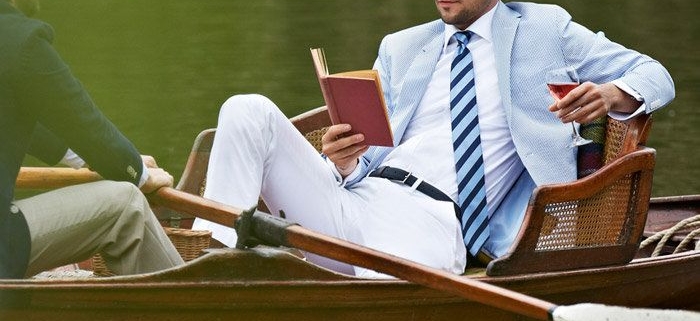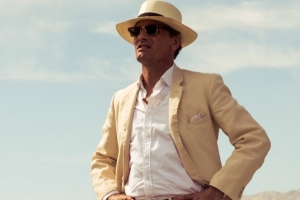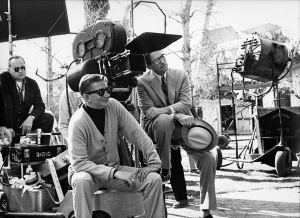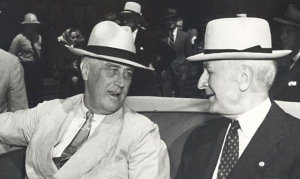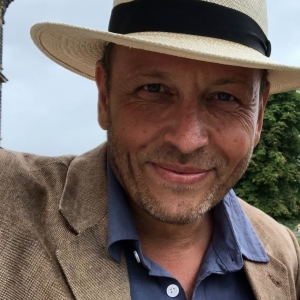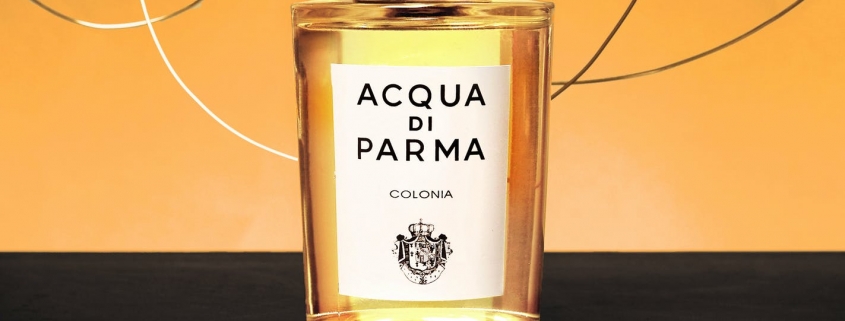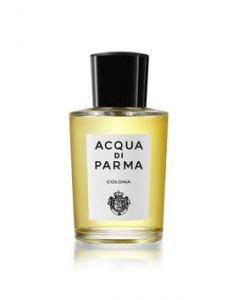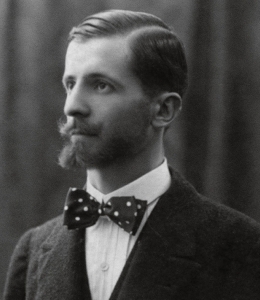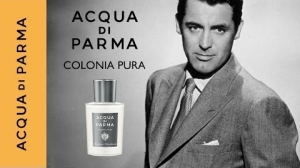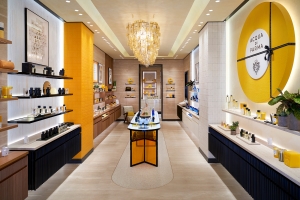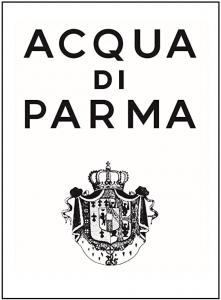Where does the famous Panama hat originate from?
There are many stories floating around the internet. Most of them are wrong, so we would like to tell the official story here.
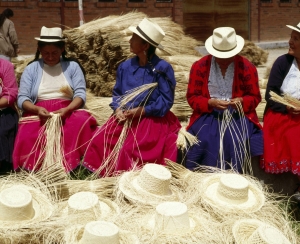
When the Conquistadores arrived in the present provinces of Manabí and Guayas on the Ecuadorian coast in the middle of the 16th century, they noticed that the natives wore straw hats that covered their ears and necks. The hats looked like toques, like those used by nuns or widows in Europe at the time. That is why they called them Toquillas (little toques). The straw used to make the hats was called "Paja Toquilla".
The basic material for making the famous Panama hats is the palm leaf "Cardulovica Palmata "which is also known by the name of "Paja Toquilla". The plant is cultivated mainly in the mountainous parts of the Costa (coast) and of the Amazon region of Ecuador (Oriente), in the provinces of Manabí, Guayas, Esmeraldas and Morona Santiago.
WHICH COUNTRY MAKES PANAMA HATS?
Authentic Panama hats are made in Ecuador. Several countries now make what they call Panama hats, but Ecuador was the very first. The coastal provinces of Guayas and Manabi began weaving the straw hats in 1630, and the true origins of Panama hats can be traced back to a town called Montecristi (of the Manabi region). At that time, they were usually called "jipijapa", "toquilla" or "montecristi" hats (the last two phrases are still used). Despite the origin of Panama hats, the term "Panama hat" did not come into use until much later.
So the next time someone asks "what country makes Panama hats", or "where do Panama hats come from", tell them that authentic Panama hats only come from Ecuador.
At the time, there were plenty of reasons for foreigners to mistakenly conclude that the hats came from Panama rather than Ecuador. Many Americans passed through Panama to get to California during the Gold Rush of the mid-19th century. So it was in Panama that they first encountered the wonderfully lightweight and stylish straw hats that would help them on their journey to prosperity. This false assumption of the origin of Panama hats would only be reinforced many years later after Theodore Roosevelt was photographed many times wearing the attractive straw hat while inspecting the Panama Canal.
According to legend, the native hat got its name when Teddy Roosevelt took part in the inauguration of the Panama Canal (1913). As a present he received an Ecuadorian straw hat, and without knowing its true origin, he gave thanks for the so-called Hat from Panama.
Perhaps the most definitive moment in the history of the Panama hat took place when Panama hats were exhibited at the World Fair 1855 in Paris. At the time, nobody was sure which country made Panama hats, so this event would have been the perfect opportunity to clear up the misconception once and for all. However, the country of Ecuador was not mentioned anywhere in the World Expo catalogue, so people were left wondering which country makes Panama hats after all.
By the time people started to realise that the hats were made in Ecuador rather than Panama, it was too late and the name was already too well-known to change.
None of this would have been possible without Manuel Alfaro, a man who in many ways can be considered the grandfather of Panama hat history. This Spanish entrepreneur arrived in Montecristi in 1835 to make his name and fortune in Panama hat history, where his streamlined manufacturing process, combined with the activities of the Gold Rush boom, ushered in a new era of prosperity.
Soon, the demand for Panama hats spread beyond visiting gold miners. The Ecuadorian port of Guayaquil helped facilitate the Panama hat industry in the 19th century. Ecuador also established its first railway system in 1850, further stimulating trade.
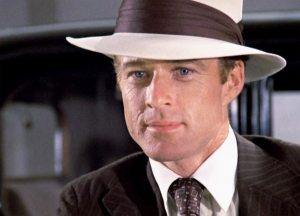
Once the people of Paris fell in love with this unique Ecuadorian headgear at the World's Fair, London, Rome and other countries soon followed suit. The rare and precious toquilla straw from Ecuador used to make the hats was only popularised in the 18th century when it was catalogued by two Spanish botanists for King Charles the IV. Until then, it had been something of a local Ecuadorian secret. Ecuador eventually allowed trade in toquilla straw with Peru and Colombia, although these countries could not compete with Ecuador's sophisticated handicraft techniques.
THE LEGACY OF ALFARO
At the age of 21, Eloy, the son of Manuel Alfaro, travelled to Panama to take over his father's hat business. His excellent sensibilities and growing reputation would one day make him the leader of Ecuador and also lead the Liberal Revolution of 1895. He led the country to a remarkable social and economic transformation that would not have been possible without the wealth. acquired through the origins of Panama hats.
When Eloy came to power, as President of Ecuador, a new legacy came to the history of the Panama hat. Panama hats became the Ecuadorian fashion accessory of independence and newly celebrated nationalism. New railways spread the hat industry even further as the stylish hats gained momentum.
From the middle of the nineteenth century, the production of hats made from toquilla straw reached its peak. Meanwhile, in the Central American country of Panama, about a thousand kilometres north of Ecuador, the construction of a canal that was to form a link between the Atlantic and Pacific Oceans began. The conditions under which the workers had to work digging the Panama Canal were tough. It was hot and humid and the sun shone brightly all day. Hats were therefore indispensable for the American workers, who wore en masse the locally available but Ecuadorian imported hats made of toquilla straw. When they returned to the US, they took the hats with them. The name "Panama hat" was born.
The name and the product became known worldwide when celebrities started wearing the hats.
US President Theodore Roosevelt wore a Panama hat during his visit to the Panama Canal works in 1906.
A photo of him even appeared in the New York Times and subsequently went global.Panama hats continued to receive worldwide press and admiration throughout the turn of the century.
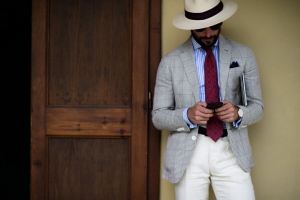
Just look at these famous Panama hat wearers from that time:
- Theodore "Teddy" Roosevelt
- Orson Welles
- Humphrey Bogart
- Gary Cooper
- Galo Plaza (Ecuadorian President from 1948-1952)
Soon other countries made Panama hats from wood, wheat and even palm trees, although their Ecuadorian counterparts continued to reign supreme, especially throughout Europe (the United States, on the other hand, did not seem to mind wearing the cheaper versions. This rule has since changed in modern times). North America was also very interested in the manufacture of these hats.

The Panamanian trend continued to rise to new heights as designer shops in the United States competed for the most exclusive Panama hats (often referred to as "finos"). Mexico, Brazil and Cuba soon jumped into the fashion fray. By 1944, the hats had become Ecuador's biggest exporter and even beat their lucrative banana trade. The most beautiful panama hat ever woven has an estimated value of $ 100,000!
In 2008, B. Brent Black ordered the most beautiful Montecristi hat ever woven, also known as "The Hat". It took master weaver Simon Espinal, who lives in the village of Pile in the Montecristi canton in Ecuador, five months to weave it, and another four weeks for five more artisans to contribute their part to finish it.
A panama hat is also special: on 6 December 2012, the art of weaving panama hats was recognised by UNESCO as an intangible cultural heritage.
Thierry Stravers is co-owner of Masonic Store.
He likes to combine his passion for style and elegance with his Masonic activities.
Thierry is the owner of Trenicaa marketing agency and is a board member of Loge Enlightenment No.313 O: Hoofddorp.

